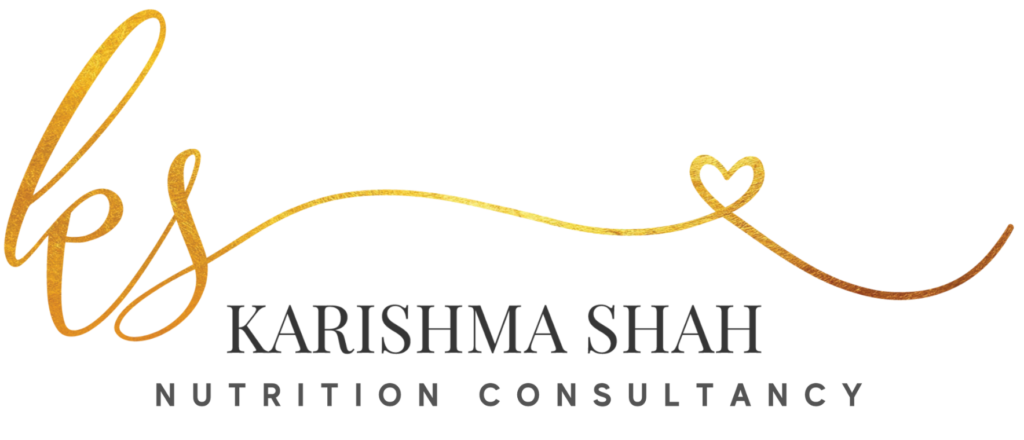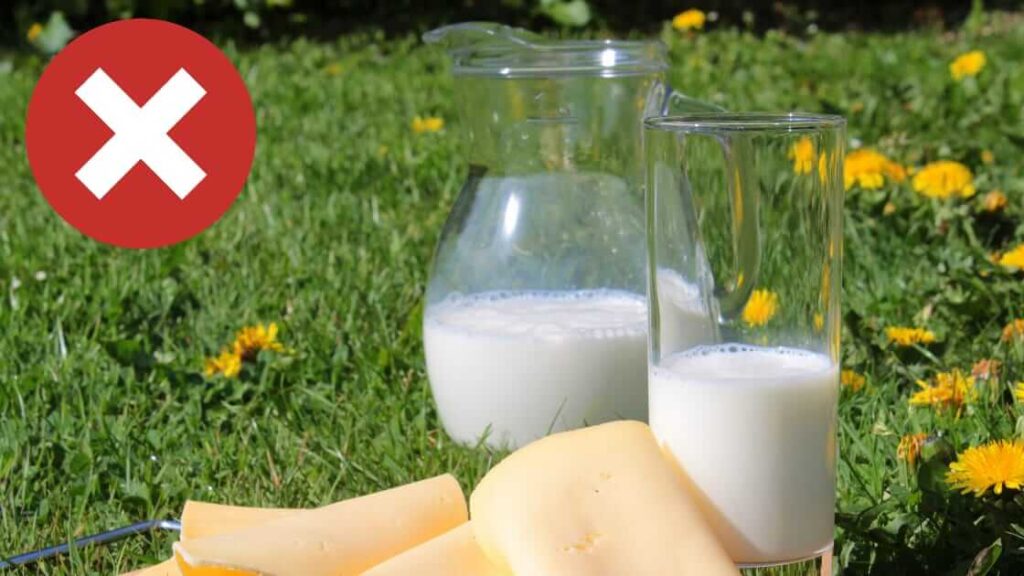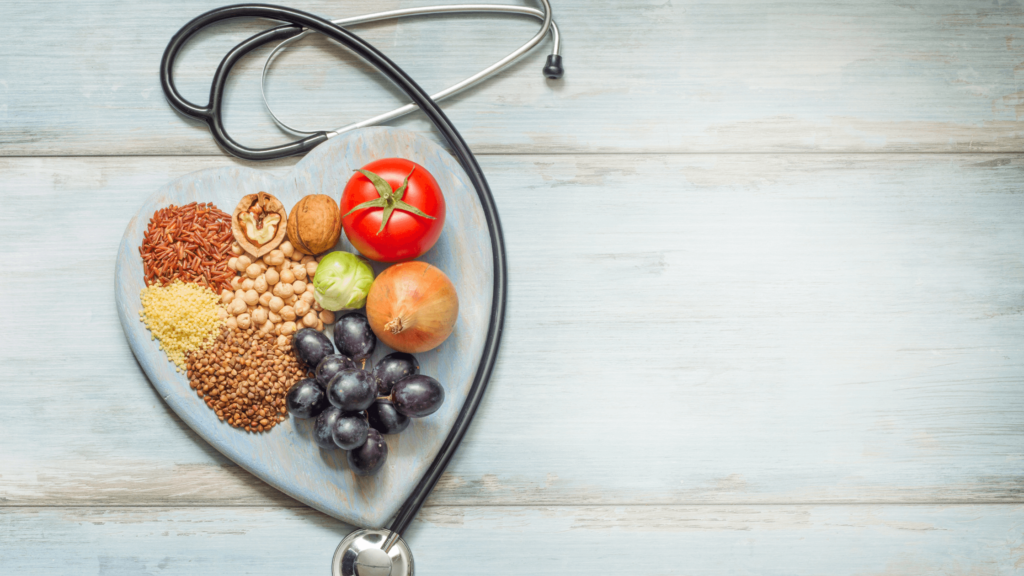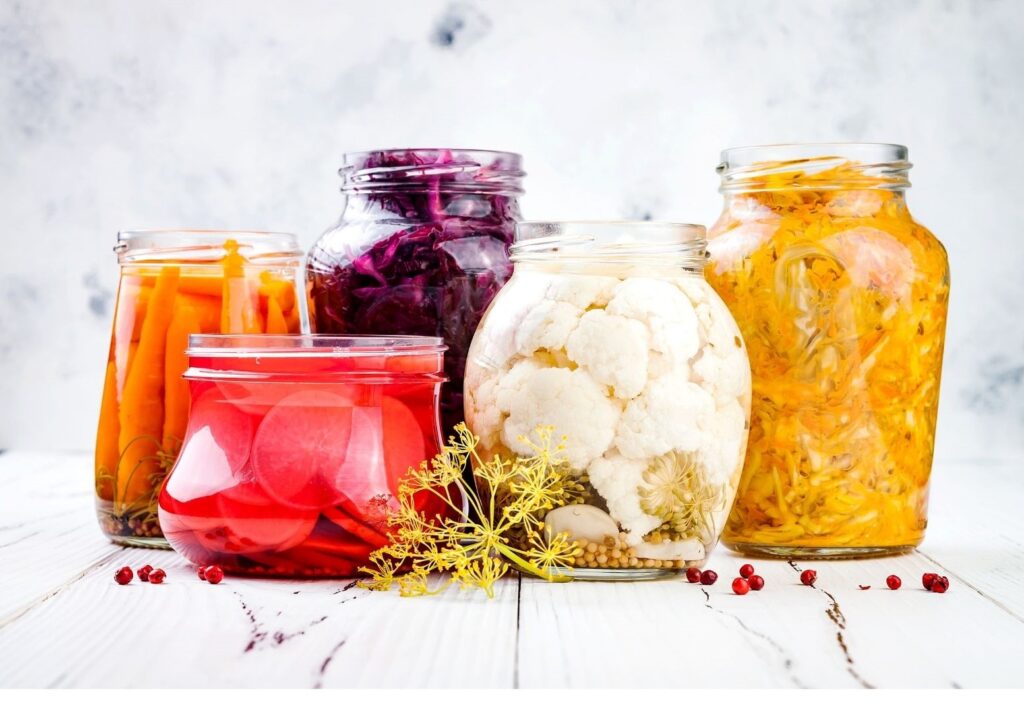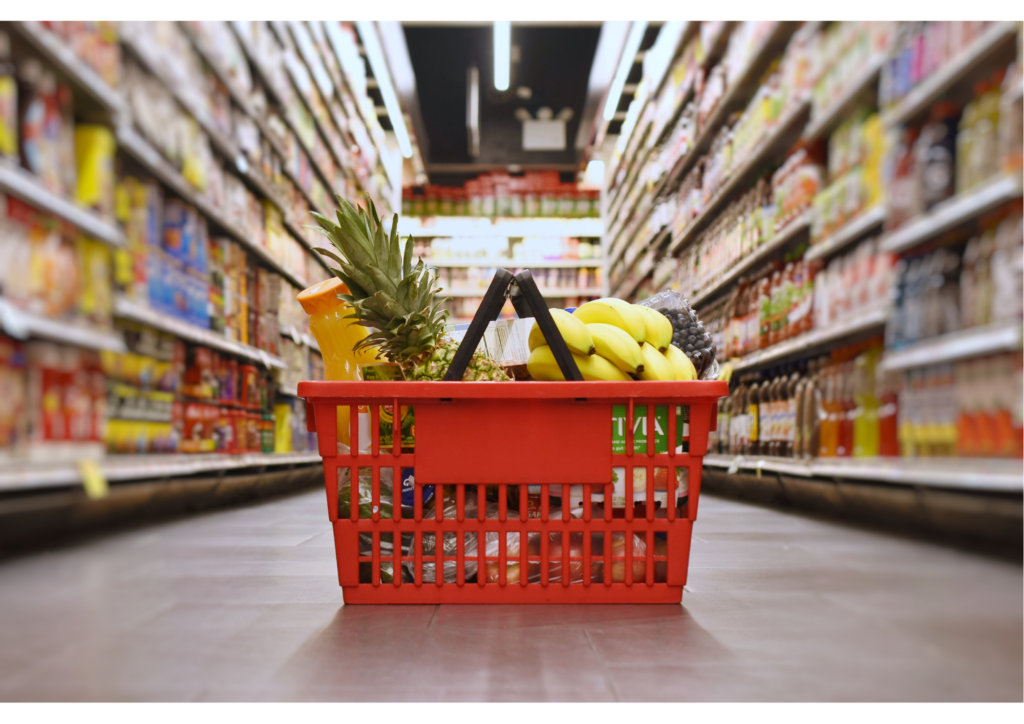Art and Creativity as Expressions of the Soul: Exploring Therapeutic Approaches
Art Therapy: Art therapy is a form of psychotherapy that utilizes creative expression as a means of communication and healing. Through painting, drawing, sculpting, and other artistic mediums, individuals explore their emotions, thoughts, and experiences in a non-verbal and expressive way, fostering self-awareness, emotional regulation, and personal growth. Expressive Arts Therapy: Expressive arts therapy integrates multiple art forms, including visual arts, music, movement, drama, and poetry, to facilitate holistic healing and self-discovery. By engaging in a variety of creative activities, individuals tap into their innate creativity, access deeper levels of consciousness, and express aspects of their inner world that may be difficult to articulate verbally. Soul Collage® Therapy: SoulCollage® therapy is a unique approach that combines collage-making with personal exploration and reflection. Participants create collages using images that resonate with them on a deep level, then engage in guided exercises to explore the symbolic meaning of their creations and gain insight into their inner landscape and soul’s journey. Mandala Therapy: Mandala therapy involves creating and exploring mandalas, geometric designs that symbolize wholeness and the interconnectedness of life. By drawing or coloring mandalas, individuals engage in a meditative process that promotes relaxation, concentration, and self-discovery, while also accessing deeper layers of the psyche and spiritual insights. Music Therapy: Music therapy harnesses the therapeutic power of music to address physical, emotional, cognitive, and social needs. Through listening to music, playing instruments, singing, or songwriting, individuals engage in a creative process that promotes self-expression, emotional release, and connection with others, leading to increased well-being and personal growth. Dance/Movement Therapy: Dance/movement therapy utilizes movement and dance as a form of psycho-therapeutic intervention. Through spontaneous movement, guided exercises, and improvisational dance, individuals explore their emotions, release tension, and access deeper layers of consciousness, promoting self-awareness, healing, and transformation. Writing Therapy: Writing therapy, also known as journaling or expressive writing, involves using written language as a tool for self-exploration and emotional healing. By putting thoughts and feelings into words, individuals gain insight into their inner world, process difficult emotions, and create a narrative that empowers them to make meaning out of their experiences and move forward with greater clarity and resilience. Nature-Based Art Therapy: Nature-based art therapy integrates creative expression with immersion in the natural world. By engaging in outdoor activities such as nature walks, eco-art projects, or land art installations, individuals deepen their connection to nature, access inspiration from the natural environment, and experience healing and renewal on a soul level. Ritual and Ceremony: Therapeutic approaches that incorporate ritual and ceremony provide opportunities for individuals to mark important life transitions, honor significant losses, or celebrate moments of healing and transformation. By creating sacred space, engaging in symbolic gestures, and participating in communal rituals, individuals access the healing power of ceremony to integrate their experiences, connect with their inner wisdom, and restore balance and harmony to their lives. Integration and Holistic Healing: These therapeutic approaches promote integration and holistic healing by addressing the interconnectedness of mind, body, and spirit. By engaging in creative expression, individuals tap into their innate capacity for self-expression and self-discovery, access deeper layers of consciousness and spiritual insight, and embark on a journey of healing and transformation that nurtures their soul and fosters greater wholeness, authenticity, and vitality. In summary, art and creativity serve as powerful expressions of the soul and vehicles for therapeutic exploration and healing. Through various approaches such as art therapy, expressive arts therapy, SoulCollage® therapy, mandala therapy, music therapy, dance/movement therapy, writing therapy, nature-based art therapy, and ritual and ceremony, individuals access their innate creativity, engage in a process of self-exploration and emotional healing, and cultivate greater wholeness, resilience, and well-being on their journey of personal growth and transformation. About Karishma Shah Follow Me On Social Media Facebook Instagram Youtube Contact Me Juhu, Mumbai +91 93213 93752 hello@karishmashahnutrition.com
Art and Creativity as Expressions of the Soul: Exploring Therapeutic Approaches Read More »
